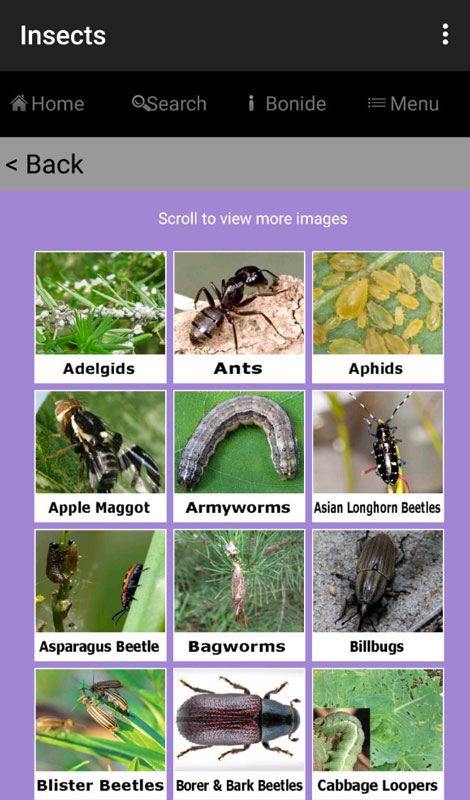7/1/2018
Learn Not to Burn
John Johnston

Weeds, excessive rainfall, insects, disease, drought and long, hot days—any or all of these can be indicative of summer in the garden! While in-store traffic may decline for planting, the intensity and frequency of customers with gardening issues increases almost hourly.
Solution selling is among the most demanding services we provide for our customers. Today’s consumer has many more avenues of information at their fingertips via smartphones and other mobile devices, but many still turn to the local professional just to be sure. If we solve issues successfully, we’re usually rewarded with a successful, on-the-spot sale of a remedy or a future sale with the client who, by the way, came to your store for help.
The Art of Conversation
Many store owners (and personnel) will admit they’re constantly upgrading their product knowledge and training to keep up with the newest chemical technologies and product solutions. If you have a friendly personality, the type that gravitates toward the customer and not away from them, your chances of selling successfully and retaining that customer in the future go up drastically.
Pictiured: Bonide’s mobile app allows sales people and consumers to identify pest and disease issues and their solutions.
Developing good interrogation practices helps to solve problems accurately and efficiently. It takes a lot of practice (and courage) to ask simple questions, listen for symptoms and, in some instances, properly examine a sample of the problem. Listening and communicating current issues with staff and ownership helps to identify recurring problems and offer a consistent solution. This can’t be accomplished by ignoring customers, even during the hottest of days.
The Answer at the Shelf
Today’s chemistry selections have changed to provide safe and effective ways to treat problems in the home and garden. Gone are the rows and rows of a product with the same active ingredient, but in a different bottle and label. These selections have been replaced by a more “globalized” effort that mimics a “one-product-fits-all” strategy. Manufacturers pay huge sums of money to develop new chemistry and for every label produced, it costs more. Granted, there are still specific chemicals that do the trick for specific problems, so you’ll need to identify and train accordingly. It takes time to master and it’s worth sharing your knowledge with associates and customers alike.
Beat the Heat
Just as important as reading the label correctly and following instructions is the need to stock and sell quality products that can be sold and used when temperatures soar. Many years ago, most chemical solutions had some type of oil-based ingredient that would literally cook a leaf’s surface after application. More issues were created when consumers wouldn’t read the label or apply common sense when using the product.
We must offer options. Many of the changes in chemistry have come by the way of organics and water-based technology. Spraying isn’t the only option either; more products now offer a “drench” method for application. Drenching involves mixing the chemical with water in a watering can and pouring around the base of the plant, under the leaf surface, to seep into the root system. If you’re unsure of what you’re stocking, take a look at these products and note the restrictions they may have in their label directions.
Whenever temperatures are taking a toll on plants, think about the cause and effect of spraying anything, including water, when the hot sun is out. Early morning and early evening are the best times to treat for disease or insects. If home gardeners can offer their plants a drink of water well in advance of a spray application, it can enable a solution to work even better. You may also recommend a garden dust for waterless treatments against insects and disease.
When All Else Fails
Several great mobile apps can offer assistance and make the process easier, too. Bonide makes one of the very best mobile problem solvers our industry has seen. If you don’t have this installed on your phone, I highly recommend you take the time to download and investigate. You won’t be disappointed.
Your local county extension service is another great resource to inform you and your team of local issues. They may also have an auto-generated email service for special bulletins, problems and solutions specific to your region. Many professional growers rely on these alerts, too!
Last, but not least, look at the label of the product itself. Many manufacturers provide a toll-free number (and/or website) to contact them directly. Their customer service professionals are available to help you by phone quickly, often 24/7. GP
John Johnston is Retail Education Manager for Griffin. He can be reached at jjohnston@griffinmail.com.